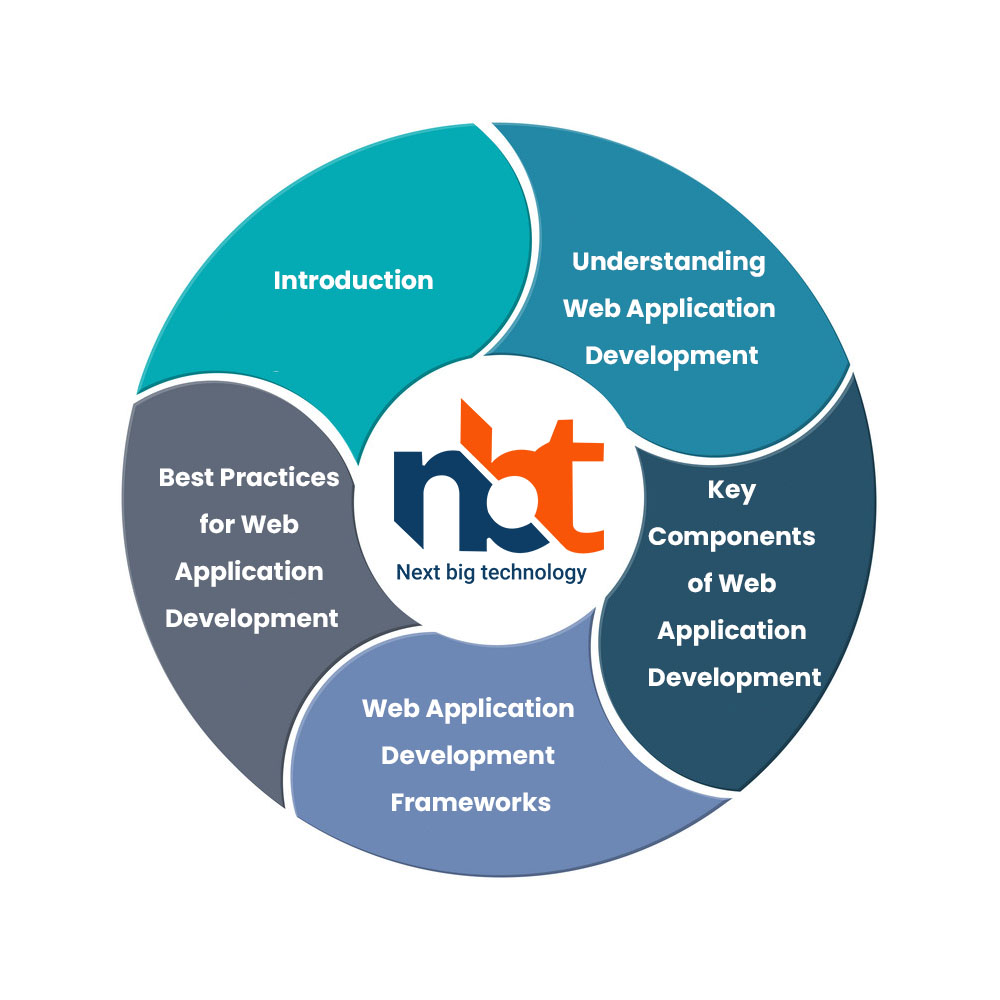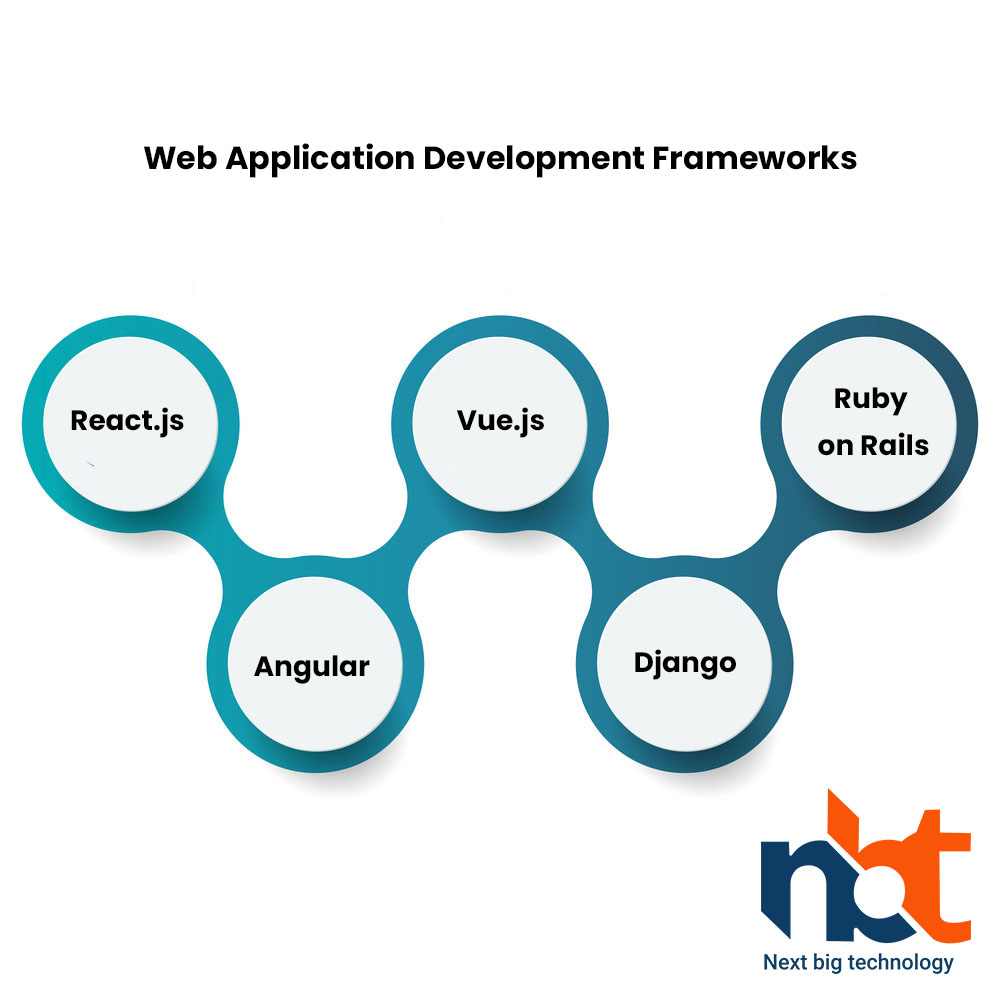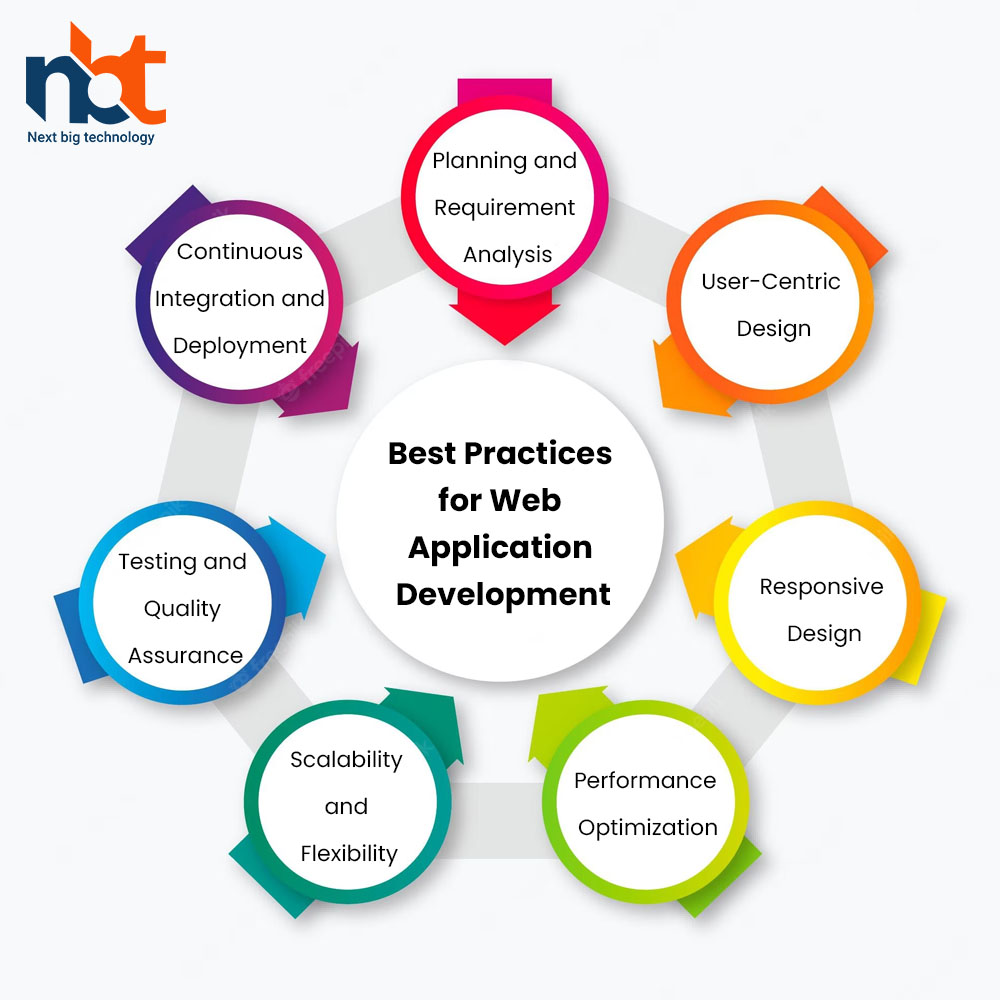Table of Contents
Introduction
Web applications have become an integral part of our digital lives, providing us with seamless access to services, information, and interactive experiences. From e-commerce platforms to social media networks, web applications play a vital role in shaping our online interactions. In this blog post, we will delve into the world of web application development, exploring its key components, development frameworks, and best practices. Whether you’re a developer or a business owner looking to create a compelling web application, this guide will provide you with valuable insights and guidelines.
Understanding Web Application Development
Web application development involves the process of creating dynamic and interactive applications that are accessed through web browsers. These applications can range from simple websites with basic functionality to complex enterprise-level systems. The development of web applications typically involves frontend and backend components, encompassing the user interface, business logic, and data management.
Key Components of Web Application Development
Frontend Development:
The front end is the user-facing part of a web application, responsible for rendering the user interface (UI) and facilitating user interactions. HTML, CSS, and JavaScript are the foundational technologies used in frontend development.
Backend Development
The backend handles the logic and data processing of a web application. It involves server-side programming, database management, and integration with external systems. Common backend technologies include programming languages like Python, Ruby, Java, and frameworks like Node.js or Django.
Database Management
Web applications often rely on databases to store and retrieve data. Database management systems, such as MySQL, PostgreSQL, or MongoDB, are used to organize and manipulate data effectively.
APIs and Integrations
Web applications may need to interact with external services, systems, or APIs to enhance functionality or exchange data. API integrations allow seamless communication between different applications or services.
Security and Authentication
Web application security is crucial to protect user data and prevent unauthorized access. Authentication and authorization mechanisms, secure coding practices, and encryption protocols are implemented to ensure data privacy and security.
Web Application Development Frameworks
React.js
React.js is a popular JavaScript library for building user interfaces. It follows a component-based approach, providing developers with reusable UI components and a virtual DOM for efficient rendering.
Angular
Angular is a comprehensive JavaScript framework developed by Google. It offers a complete set of tools and features for building large-scale web applications, including two-way data binding, dependency injection, and robust testing capabilities.
Vue.js
Vue.js is a progressive JavaScript framework that emphasizes simplicity and ease of integration. It is known for its flexible architecture and smooth learning curve, making it a popular choice for developers of all levels.
Django
Django is a high-level Python framework that follows the Model-View-Controller (MVC) architectural pattern. It provides a robust toolkit for rapid web application development, including an ORM (Object-Relational Mapping) layer and built-in security features.
Ruby on Rails
Ruby on Rails, commonly referred to as Rails, is a web application framework written in Ruby. It promotes convention over configuration, enabling developers to focus on writing application logic rather than boilerplate code.
Best Practices for Web Application Development
Planning and Requirement Analysis
Thoroughly plan and define the project’s scope, goals, and requirements before starting development. This helps ensure a clear roadmap and efficient development process.
User-Centric Design
Place a strong emphasis on user experience (UX) and usability. Conduct user research, create intuitive navigation, and design visually appealing interfaces to enhance user engagement.
Responsive Design
Develop web applications that are responsive and adapt to different screen sizes and devices. This ensures a consistent and optimized user experience across platforms.
Performance Optimization
Optimize web application performance by minimizing page load times, optimizing images and assets, and implementing caching mechanisms. This improves user satisfaction and search engine rankings.
Scalability and Flexibility
Design the application architecture to accommodate future growth and scalability. Use modular and loosely coupled components to facilitate flexibility and easy maintenance.
Testing and Quality Assurance
Implement comprehensive testing strategies, including unit tests, integration tests, and end-to-end tests, to ensure the stability and reliability of the web application.
Continuous Integration and Deployment (CI/CD)
Automate the build, test, and deployment processes using CI/CD pipelines. This allows for frequent and reliable updates to the application and reduces the chances of introducing errors.
Conclusion
Web application development is a multidimensional process that involves frontend and backend components, database management, and security considerations. By understanding the key components, exploring popular frameworks, and following best practices, developers can create powerful, engaging, and scalable web applications. Whether you’re developing an e-commerce platform, a social media network, or an enterprise-level system, careful planning, user-centric design, and continuous improvement are essential for success. Embrace the evolving technologies and frameworks, and stay updated with the latest trends to deliver web applications that provide seamless experiences to users.













